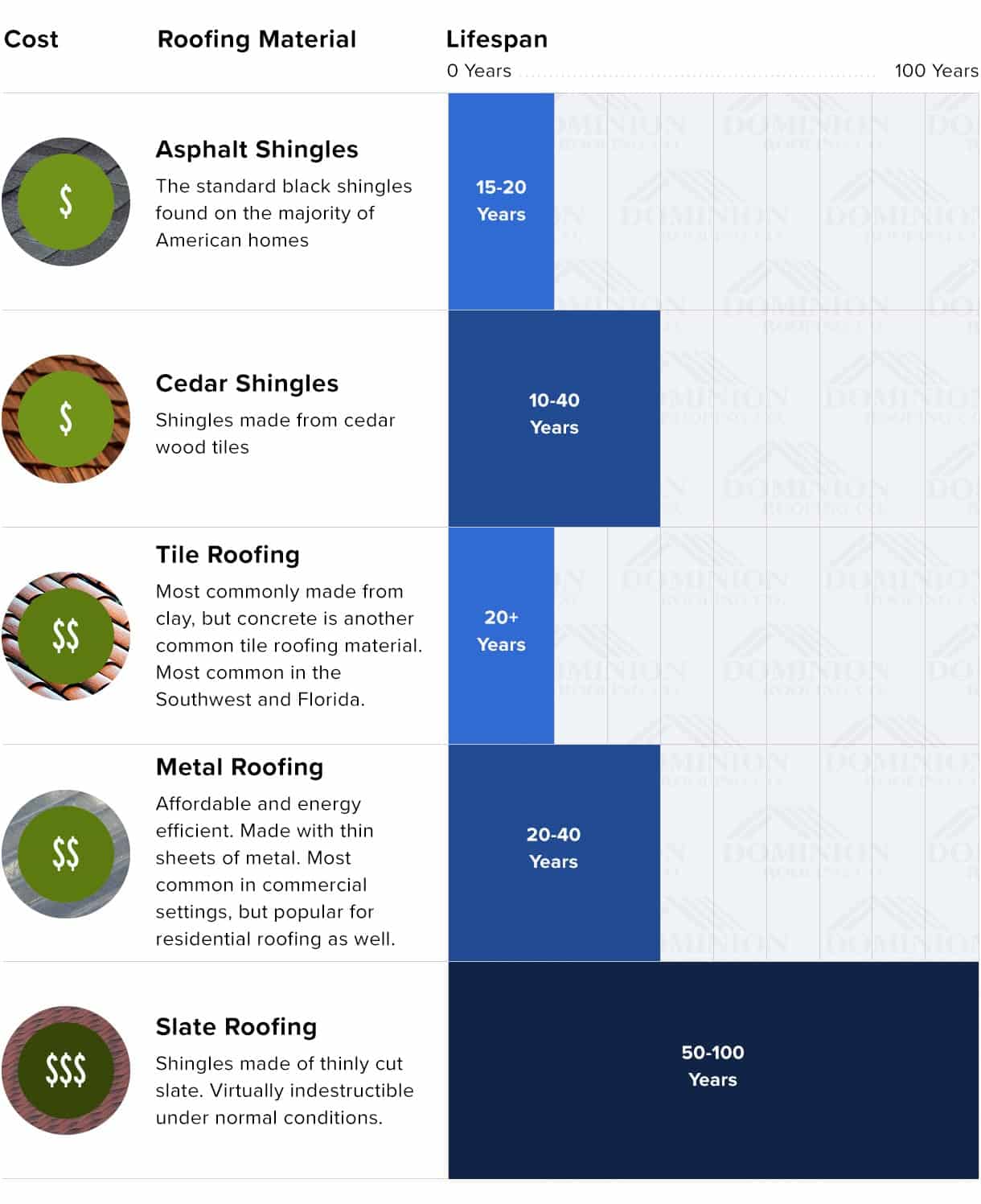Just How To Recognize Roofing System Damages Before It Develops Into A Major Issue
Just How To Recognize Roofing System Damages Before It Develops Into A Major Issue
Blog Article
Post By-Durham Burke
To protect your home from possible pricey repair work, recognizing roofing damage very early is important. By keeping an eye out for subtle indicators like missing tiles or water spots, you can capture concerns before they worsen. However what about those frequently neglected areas that could mean covert troubles prowling over you? Remain tuned to discover crucial ideas for identifying roof covering damage before it intensifies right into a significant frustration.
Very Early Warning Signs
Detecting roof covering damage early can save you money and time. One key very early indication to watch out for is missing or damaged tiles. If you see any type of shingles that are cracked, crinkling, or completely missing, it's important to deal with the problem immediately. These harmed tiles can leave your roof susceptible to leakages and more damages.
Another indicator to try to find is water discolorations on your ceiling or walls. These discolorations can suggest a leakage in your roofing system that requires prompt focus. Ignoring these water stains can lead to extra substantial and costly fixings down the line.
Furthermore, be on the lookout for any kind of indicators of sagging or sagging areas on your roofing, as this could suggest architectural damages that needs to be dealt with promptly.
Outside Examination Tips
Routinely examining the exterior of your roofing system is vital for maintaining its honesty and determining potential damages early. Beginning by analyzing the tiles-- look for any kind of missing, cracked, or curling shingles, as these can be signs of roofing damages.
Check the seamless gutters for granules from the tiles, as extreme granule loss may indicate aging or weathering. Take notice of the flashing around vents, smokeshafts, and skylights, ensuring they're tightly sealed and devoid of splits.
Look for signs of moss, algae, or mold and mildew development, as these can cause roofing system degeneration if not attended to promptly. Furthermore, examine the fascia and soffits for any kind of water stains or rot, which could signify water damages.
Finally, analyze the total condition of your roofing from the ground, searching for any drooping locations or visible dips. By performing https://elliotthcwrl.blog-gold.com/35805493/the-significance-of-roof-covering-air-flow-its-impacts-on-power-efficiency-and-durability , you can catch roof covering damages early and avoid it from developing into a significant trouble.
Interior Warning
When checking your roof covering for possible damage, don't forget the significance of examining the inside of your home. Inside https://www.architecturaldigest.com/story/why-top-architects-love-butterfly-roofs can frequently be early indications of roof problems that require attention.
Start by examining your ceilings for any kind of water spots or staining, as these could indicate a leak in the roofing. An additional vital area to inspect is the attic room, where signs of water damage, mold and mildew, or mildew may indicate a roofing issue.
Pay very close attention to any type of mildewy odors or an obvious boost in humidity degrees, as these can also be indicators of water breach from a damaged roof covering. In addition, drooping locations in the ceiling or wall surfaces must be taken seriously, as they could be an outcome of water damage deteriorating the framework.
If you observe any one of these indoor red flags, it's critical to have an expert roofer analyze the situation promptly to avoid additional damages and expensive repairs.
Conclusion
By staying cautious and regularly checking for very early warning signs of roof covering damages, you can avoid minor issues from developing into significant issues. Keep an eye out for missing out on or harmed tiles, water stains on ceilings or walls, and any sagging or drooping areas on the roof covering. By addressing these issues without delay, you can conserve on your own from expensive repair work and ensure your roof remains in good condition for years ahead. Stay proactive and shield your home from potential damages.
